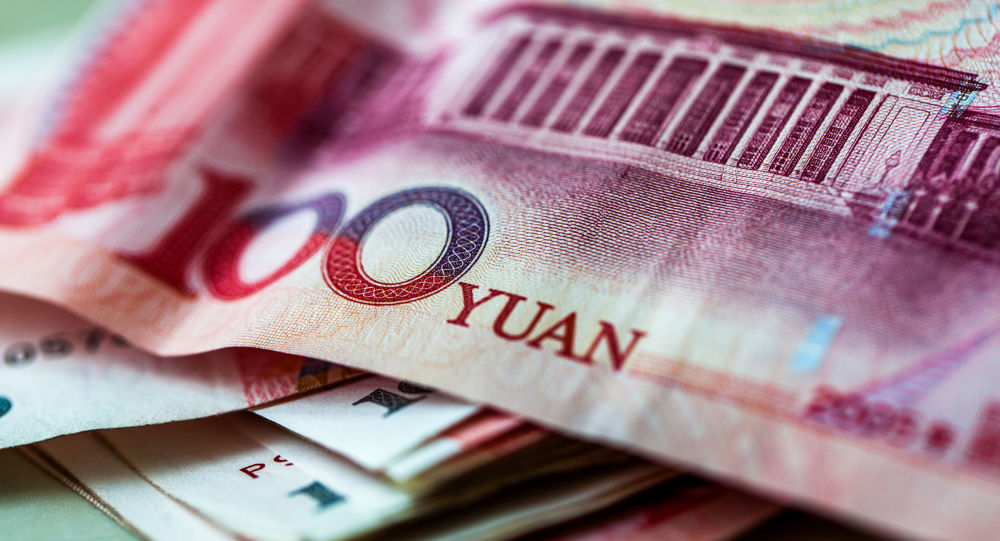With its new monetary policy, China is aiming to control the growth of asset bubbles and financial risk in 2017, while ensuring the economy is on a path of stable and healthy growth, scholars and media have said.
The new monetary policy is eye-catching, Zhou Hao, an economist at Commerzbank AG in Singapore, was quoted as saying by Bloomberg.
It showed that “the Chinese authorities are seriously concerned about asset bubbles,” Zhou said.
“The stance shows the government is trying to find a subtle balance between stabilizing growth and controlling asset bubbles,” said Hong Hao, chief China strategist at BOCOM International.
“Monetary policy will be kept prudent and neutral, adapt to new changes in money supply … and strive to smooth monetary policy transmission channels and improve mechanisms to help maintain liquidity basically stable,” said a statement issued by the Chinese government on Friday.
The statement was issued after the Central Economic Work Conference, during which Chinese leaders and senior officials gathered to map out priorities for 2017.
Optimism over the growth outlook for 2017 has been increasing even as the People’s Bank of China shifts toward selective tightening after more than a year of record-low interest rates, said Bloomberg.
Forecasts for full-year 2017 growth have climbed to 6.4 percent from 6.3 percent since September, a Bloomberg survey showed Friday.
With the U.S. central bank hiking interest rates on Wednesday, the yuan was at 6.9508 against the dollar, “down 0.32 percent from Thursday’s fixing … marking the lowest level since May 2008,” said the AFP, quoting data from the Foreign Exchange Trade System.
Still, there is no need to fear that the yuan will plunge in the future, despite further depreciation pressure on the yuan.
China will keep the yuan basically stable at an equilibrium level in 2017, while improving the flexibility of exchange rates.
The new monetary policy may have certain limitations though, said China International Capital Corporation (CICC) economist Liu Liu.
China’s room for further monetary policy easing will be limited as the Fed is expected to raise interest rates another one or two times next year, domestic monetary easing will exacerbate capital outflows, and house price surges in major cities will reduce the room for monetary easing, Liu said.
Earlier, a Standard Chartered Bank report predicted financial and monetary policy instruments available to the Chinese government would suffice to support China’s growth in the coming years.
